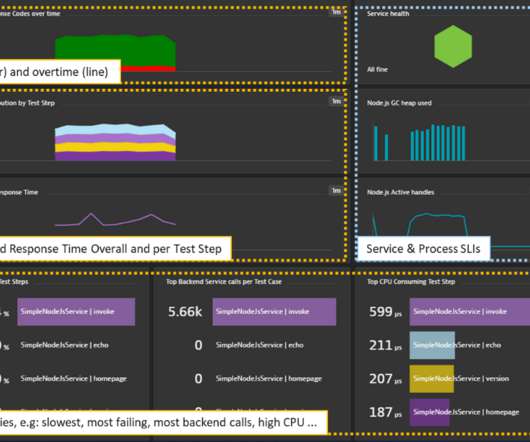Lessons learned from enterprise service-level objective management
Dynatrace
MAY 19, 2022
Organizations have multiple stakeholders and almost always have different teams that set up monitoring, operate systems, and develop new functionality. The monitoring team set up the dashboard, so who owns violations? These four dimensions apply to any layer in the technical stack, such as front-end, databases, and external services.











Let's personalize your content